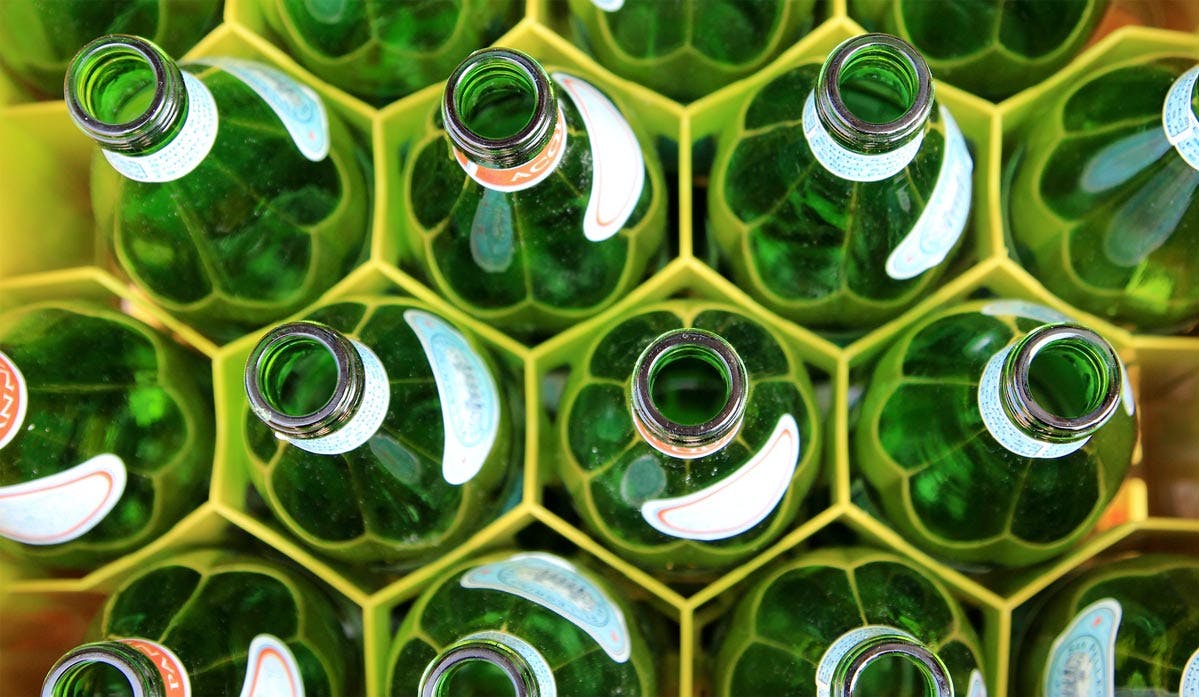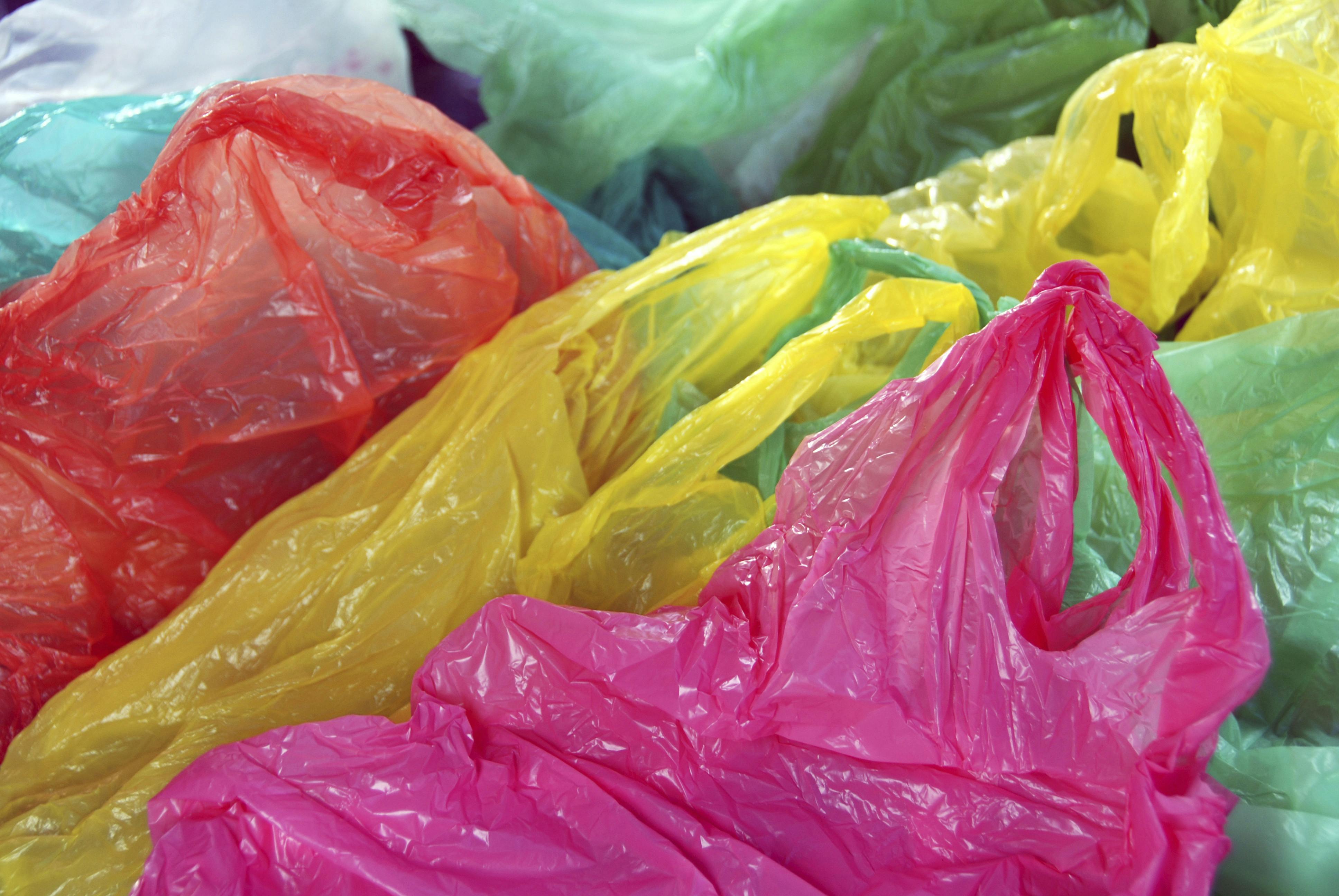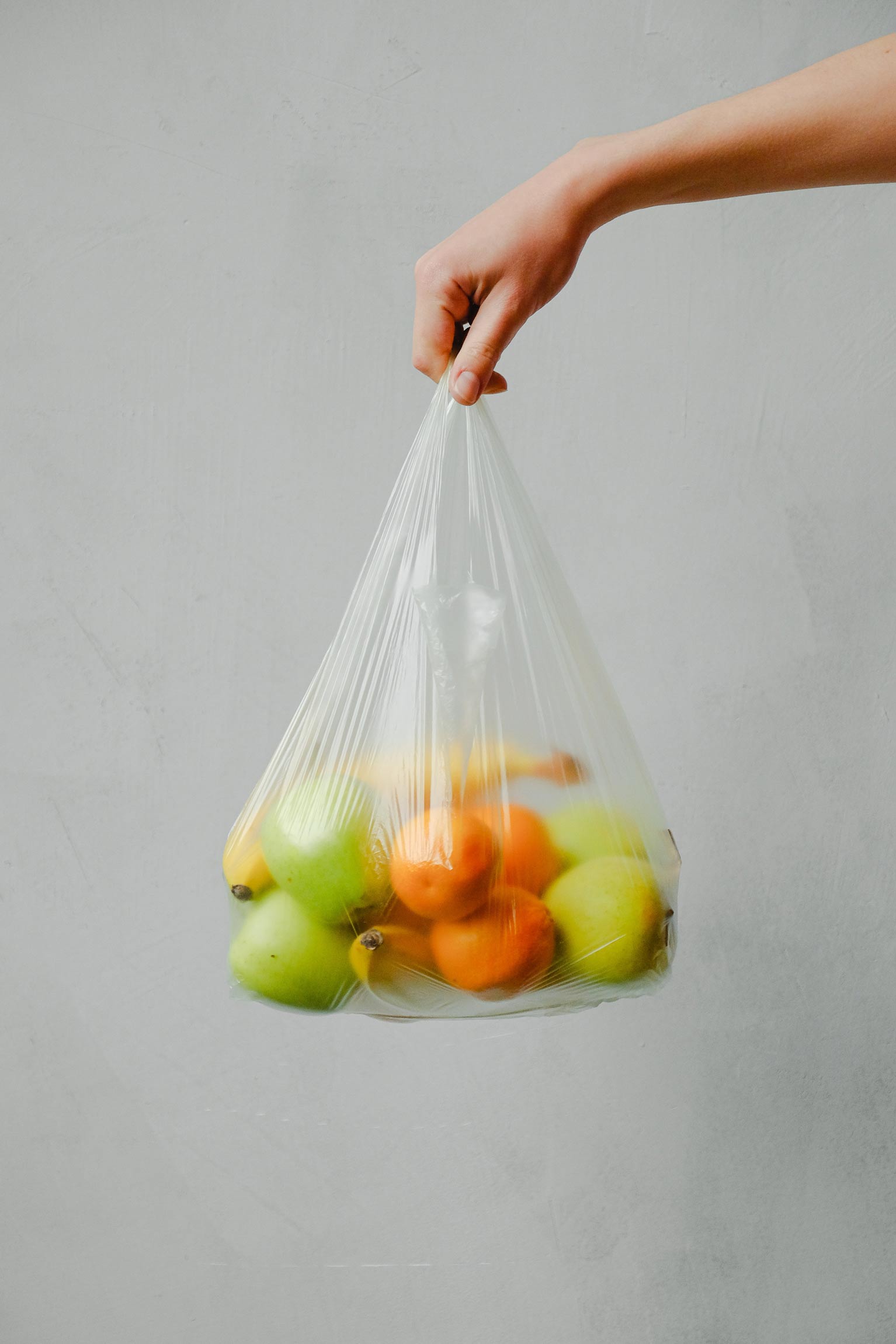Lifestyle
Our Guide on How To Recycle Properly
7min read
A watershed moment in my recycling-life (very worthy of its own category...alongside my social life and work life), was on a visit to a waste plant in London’s hinterlands. Here I discovered that recyclable packaging will go to land-fill if more than 5% of it is stained / soiled with food or other organic materials.
It really bothered me that everyone in the industry seemed to know this simple fact, and practically no one in the public did. But, once resigned to the idea - though not over the alarming communication gap - I started washing my recycling.
Keep reading to see how I've washed my recycling ever since:

Plastic PET (like a plastic bottle)
1) Assuming you’ve finished it off, give it a rinse (including the lid)
2) If stained red / yellow, hot soapy water usually does it*
3) Leave to dry for 20 minutes
4) Squash it down as much as possible and pop it in your mixed or material-specific bin (if your recycling waste needs to be pre-sorted)
*If it’s not coming off at all, it’s probably going to be rejected and is actually better off in your general waste bin (sorry, maybe a biryani next time).

Cardboard
1) If it’s covered in grease stains (like a pizza box) it’s probably game-over and best off in the general waste bin
2) Otherwise, (and once you’re done dipping yesterday’s pizza crusts in hummus), remove any remaining food
3) Squash the cardboard and pop it in your mixed or material-specific bin

Cans and Glasses
1) These are sturdy and you can afford to blast them clean
2) Leave to dry for 20 mins
3) Pop it in your mixed or material-specific bin

Plastic film
1) Check your local recycling first, as this isn’t always collected
2) If they don’t accept flexible plastics then this will need to go in general waste
3) If they do accept flexible plastics - great. First off, give it a rinse
4) Leave to dry for 20 mins
5) Pop it in your mixed or material-specific bin

Leaving it to dry for a short stint is a super important step because wet recycling might as well be food-stained recycling in the eyes of the processors.
Finally, I can’t not sandwich this piece with 2 critical reminders / caveats:
- Recycling collects packaging waste at the end of a chain and brings it back into circulation, which is so important, but if the packaging can actually be avoided in the first place, this is massively preferable. We’re a long way from having surplus recycled materials, so if you can buy loose apples over bagged, without it leading to food-waste at home, then we work towards stopping waste at the source.
- About 90% of the overall footprint of a food item can be attributed to the product itself and only 10% to its packaging. Our attention / focus should match this - AKA we should be focusing 90% of our efforts on choosing food items with known, low footprints like oats and most plant-based foods (link).
For some more comprehensive recycling guidance, see WRAP’s 2019 report here - https://wrap.org.uk/sites/files/wrap/Recycling%20guidelines%201.9.pdf
By Ellie Harrison
Ellie heads up all-things sustainability, making sure everything we do is as conscious as possible. She couldn’t live without volleyball, killer whales and porridge… though hopefully not at the same time.
Let us take care of dinner
We help to make eating more plants easy and delicious. Fancy letting us take care of dinner? Check out our delicious meals here.
Shop now
